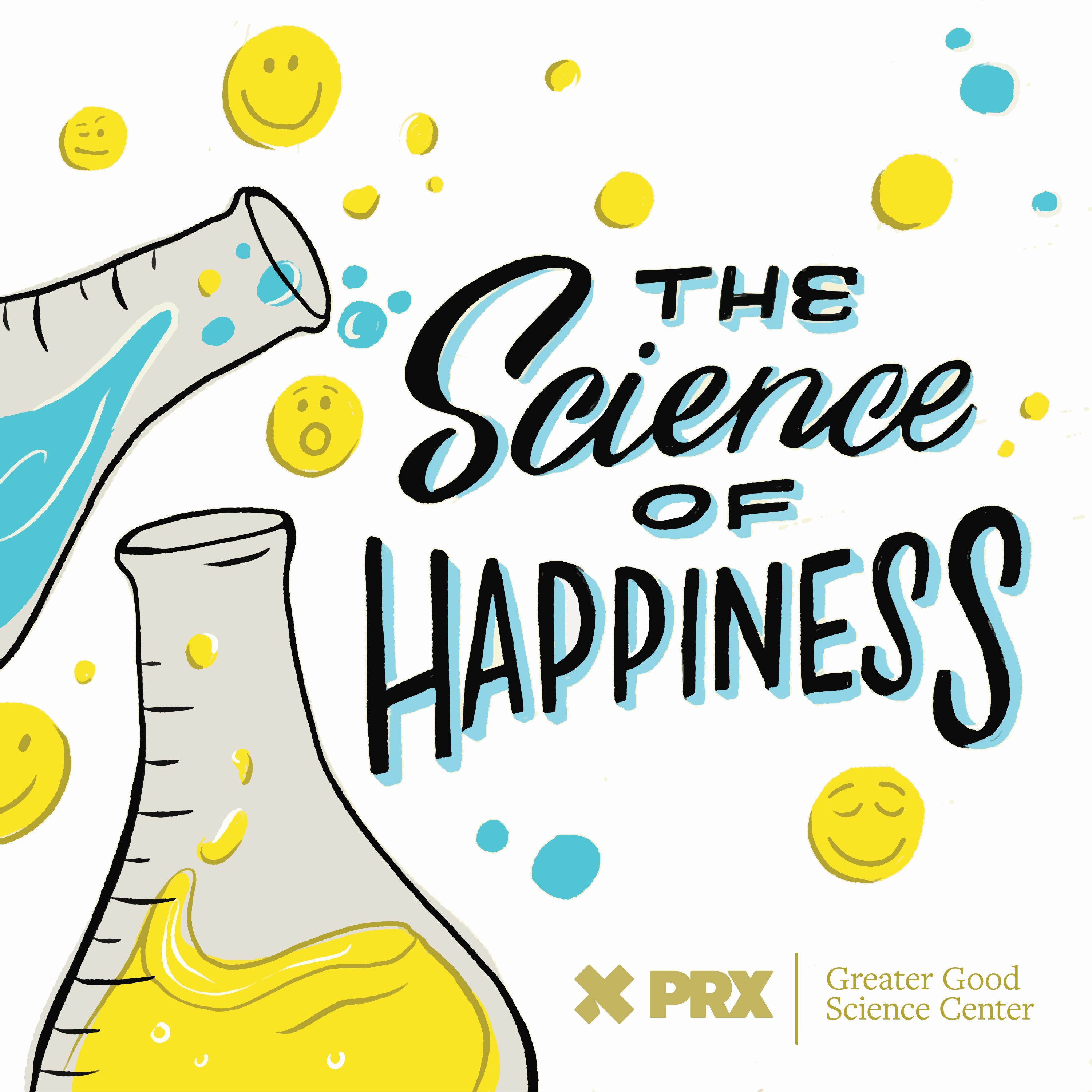The Emerging Science of ASMR (Encore)
Description
There are millions of YouTube videos with people crinkling bubble wrap or whispering about folding laundry. Our guest talks about why autonomous sensory meridian response (ASMR) makes her, and many others, feel more calm and happy.
Episode summary:
Melinda still remembers the tingling feeling she felt when she first listened to the close-up sound of someone drawing on a TV show at the age of ten. She learned later that the subtle sounds that create soothing sensations for her are called autonomous sensory meridian response, or ASMR. Now, she creates ASMR experiences on her YouTube channel and through her live production company, Whisperlodge — from delicately handling a plastic package to gently stroking a microphone with a makeup brush. In today's show, Melinda demystifies the world of ASMR and how it brings both calm and delight to her and her participants. Later, we hear about the emerging science behind ASMR from Dr. Giulia Poerio, who studies it in her lab at the University of Essex. As it turns out, those tingles might actually benefit our mental health.
Today’s Science of Happiness Guests:
Melinda Lauw, is the co-creator of Whisperlodge, an immersive ASMR theater experience.
Check out some ASMR videos from Whisperlodge's YouTube channel: https://www.youtube.com/c/Whisperlodge
Learn more about Whisperlodge: https://whisperlodge.nyc/
Follow Melinda on Instagram: https://www.instagram.com/melinda.lauw/
Follow Melinda on Facebook: https://www.facebook.com/melindalauw
Giulia Poerio is a psychology professor at the University of Essex who studies the effects of ASMR on the mind and body.
Learn more about her work: https://www.essex.ac.uk/people/poeri14804/giulia-poerio
Resources from The Greater Good Science Center:
Listen to our Happiness Break on silence: https://tinyurl.com/2hny7pcd
Just One Thing: Pay Attention!: https://tinyurl.com/cm2xb86j
What Music Looks Like in the Brain: https://tinyurl.com/2k9t3sjz
Does Your Voice Reveal More Emotion Than Your Face?: https://tinyurl.com/ympr4brk
More Resources for ASMR:
TED - The brain science (and benefits) of ASMR: https://tinyurl.com/y8a89xv3
Vox - ASMR, explained: why millions of people are watching YouTube videos of someone whispering: https://tinyurl.com/4j4kn7dh
New York Times - How A.S.M.R. Became a Sensation: https://tinyurl.com/2jke45k5
NPR - Some People Get 'Brain Tingles' From These Slime Videos. What's Behind The Feeling?: https://tinyurl.com/2p8p4u7d
National Geographic - ASMR or not? Unpicking the science behind a sensory phenomenon: https://tinyurl.com/yvnvuzk5
Tell us your thoughts about ASMR. Do you get tingly sensations? Email us at [email protected] or use the hashtag #happinesspod.
Help us share The Science of Happiness!
Leave us a 5-star review on Apple Podcasts or share this link with someone who might like the show: https://tinyurl.com/2p9h5aap
More Episodes
Happiness Break: April 18, 2024 A walking meditation led by 10% Happier Host Dan Harris
How to Do This Practice:
Begin walking.
Bring your awareness to the present moment, noticing sights and sounds around you. When your mind wanders to worries or other thoughts, gently bring yourself back...
Published 04/18/24
Published 04/18/24
Finding ways to bend tasks toward your strengths and passions can make you happier, more productive and find more meaning in your life — no matter your job.
Link to episode transcript: https://tinyurl.com/4ky325rs
Episode summary:
When the poet and former professor Susan Glass first retired,...
Published 04/11/24


